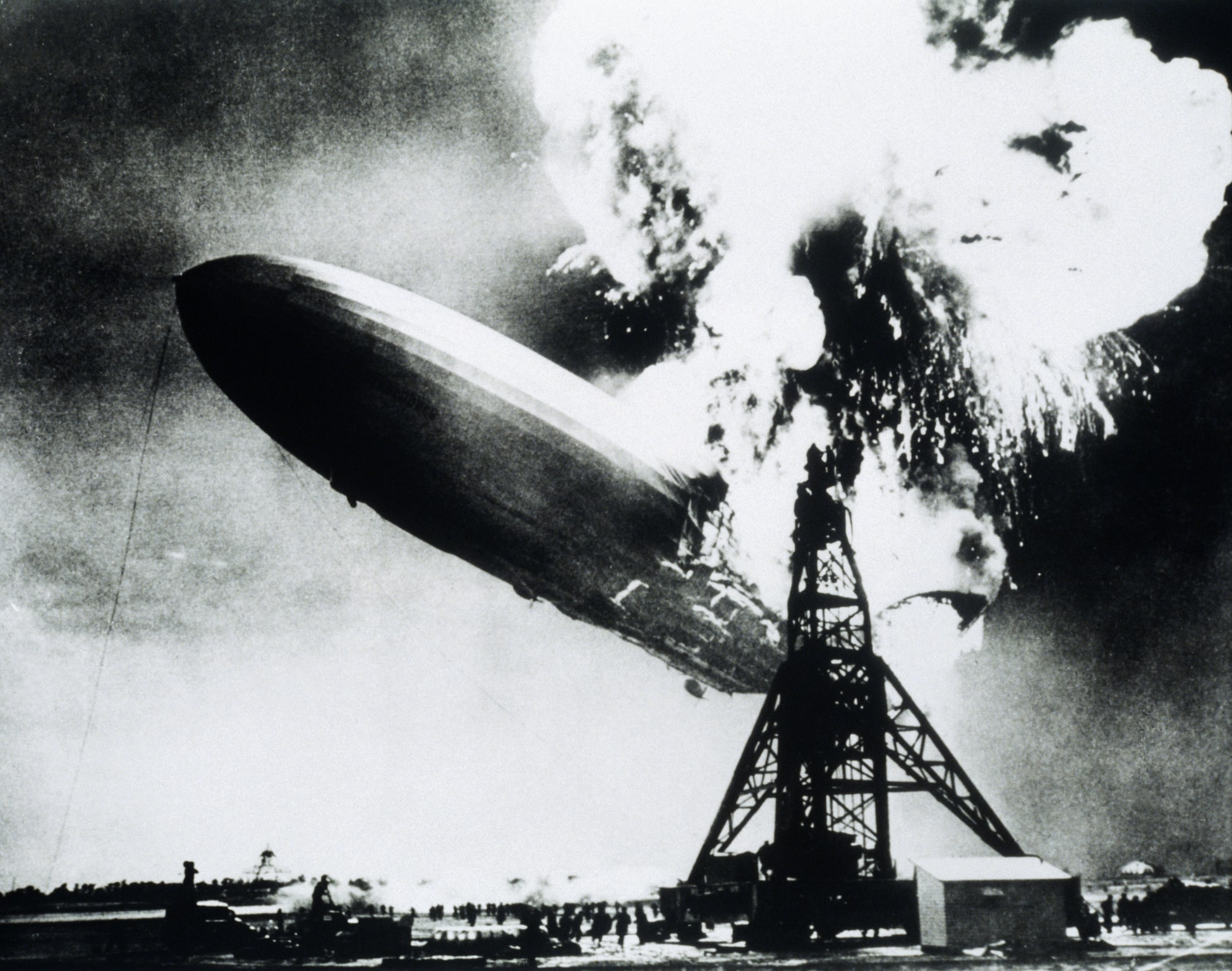During the first world war, Lloyd’s famously provided cover for bombing raids carried out by Count Zeppelin’s airships – and, over the next ten years, there was a concerted global effort to develop a commercial airship which, it was thought, would be lighter and cheaper than aircraft.
There was a series of ill-starred experiments, from the US Roma, which burst into flame, to the Shenandoah, which crashed spectacularly in 1925 on its 57th flight. When the Graf Zeppelin successfully circumnavigated the world in 1929, confidence was perilously restored, until the British airship R101, bound for Karachi in 1930, came down, killing 48, over France. Britain bowed out of the airship race, but the Germans and Americans persevered – until, in 1937, Germany’s passenger airship the Hindenburg caught fire and was destroyed, along with 35 of its passengers. It had been insured by Lloyd’s.
